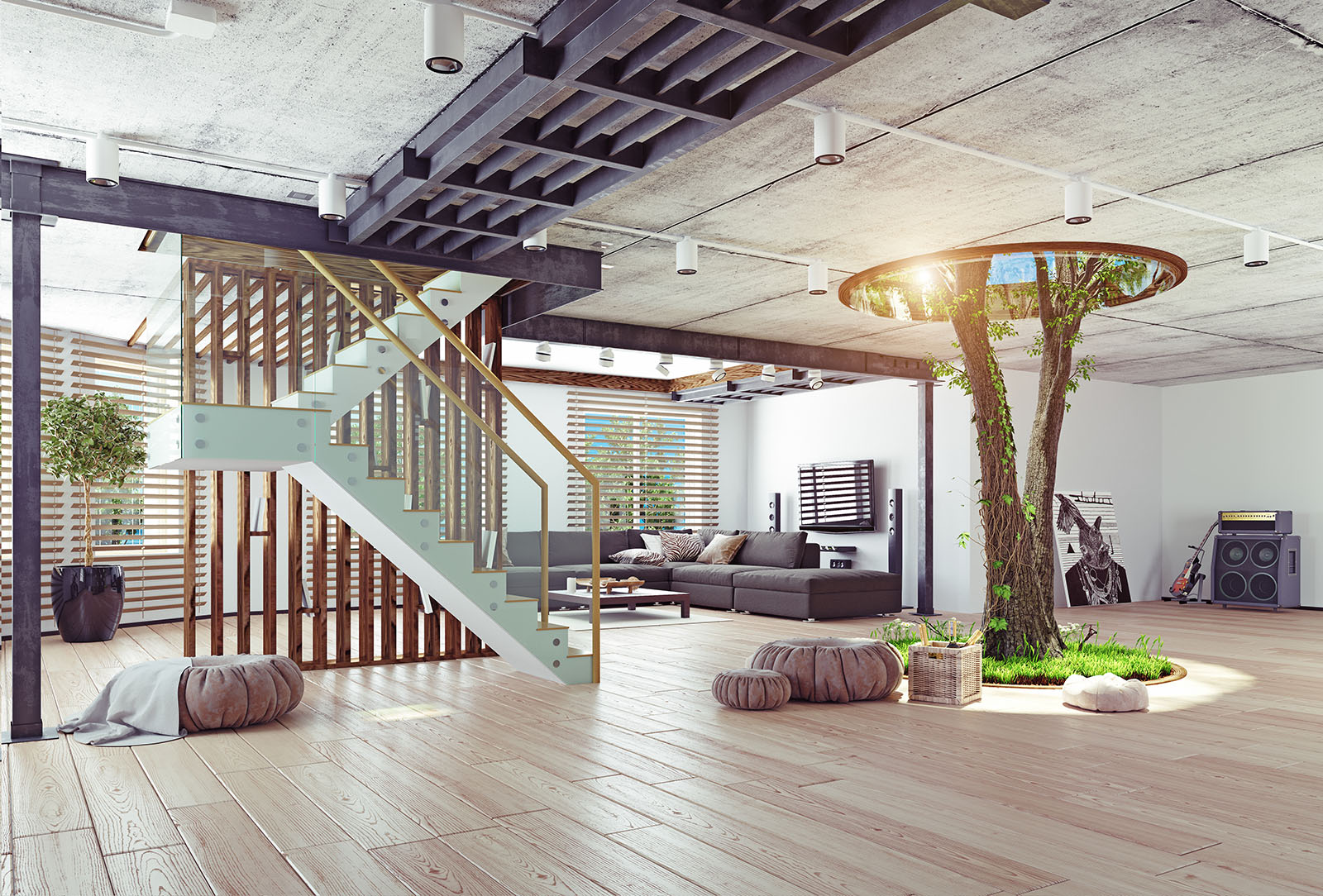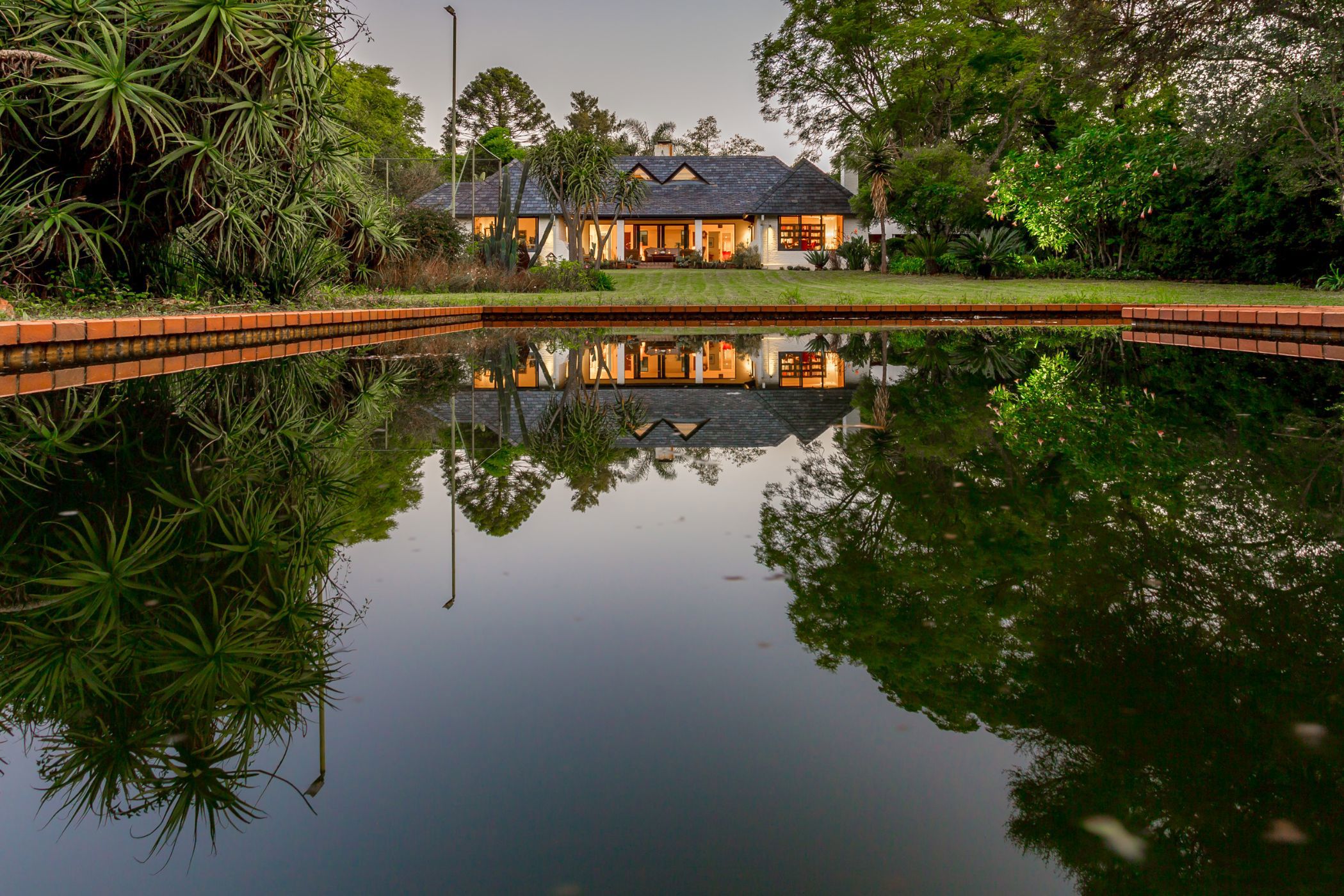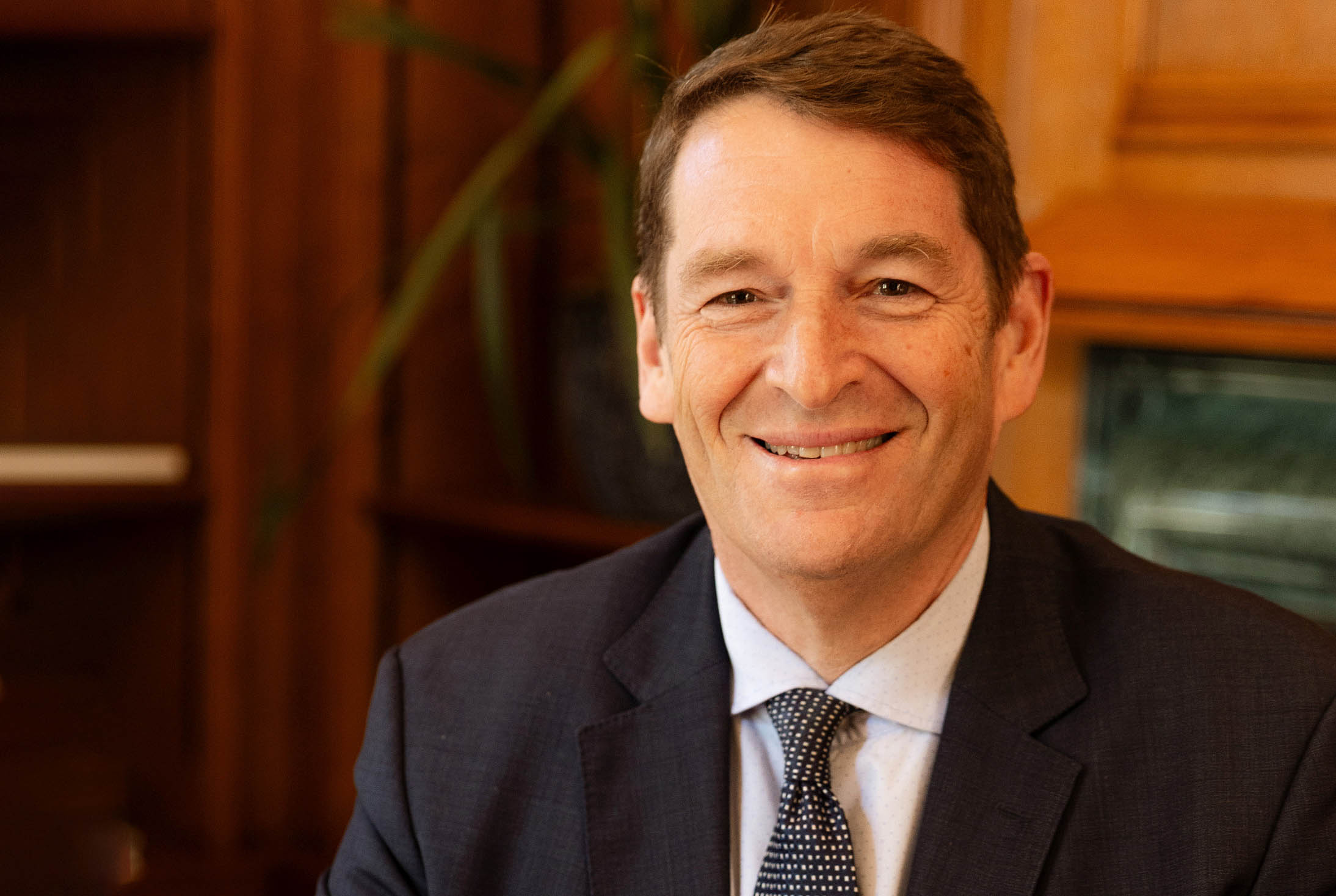In an ever more connected world, privacy is perhaps the greatest luxury anyone can buy.
There was a time when the super-rich really flaunted their wealth, but people’s priorities have shifted over the years, according to David Forbes, head of private office at PGP strategic partner Savills, who advises wealthy buyers. Now the top priorities for the ultra-wealthy are security and privacy.
While the majority of homeowners still want what’s known as “kerb appeal”, there is a growing trend among the ultra-wealthy to hide from the public eye in an attempt to protect their homes from unwanted attention.
The demand for this under-the-radar living has fuelled the rise of affluent neighbourhoods like Hidden Hills, Bradbury and Bell Canyon in California – all of which guard their privacy by refusing to appear on Google’s Street View. Analysts have dubbed these attempts to take entire communities out of the public gaze an “urban-scale non-disclosure agreement”.
Other methods to ensure privacy include the use of shell companies and other ownership structures to give property buyers anonymity, while the use of jamming signals to block location trackers such as GPS can be used to prevent attempts to follow individuals.
“Architects have begun to experiment with ways to conceal entire buildings…”
On a larger scale, architects have begun to experiment with ways to conceal entire buildings. One of the simplest ways to remove a home from public view is to put it underground, with basement dig-downs or even entire subterranean properties.
Langtry House near Hampstead Heath in London, for example, is a substantial property with three bedrooms, three bathrooms and a cinema room – all of which has been fitted into the space underneath what was previously a row of lock-up garages.
For properties that remain above ground, some architects are trying out stealth concealment designs. One architectural experiment involved cladding the upper floors of a family home in Brockley, south-east London, with layered mirrors which reflect its leafy surroundings, thereby disguising both its scale and form.
Some property owners are opting to take their homes off the grid – generating their own electricity and water supply in order to avoid tell-tale pipes and wires heading onto their land. Self-sufficient communities have become increasingly popular for privacy, as well as ecological, reasons. It is estimated that as many as 180 000 households are living off the grid in the US alone.



